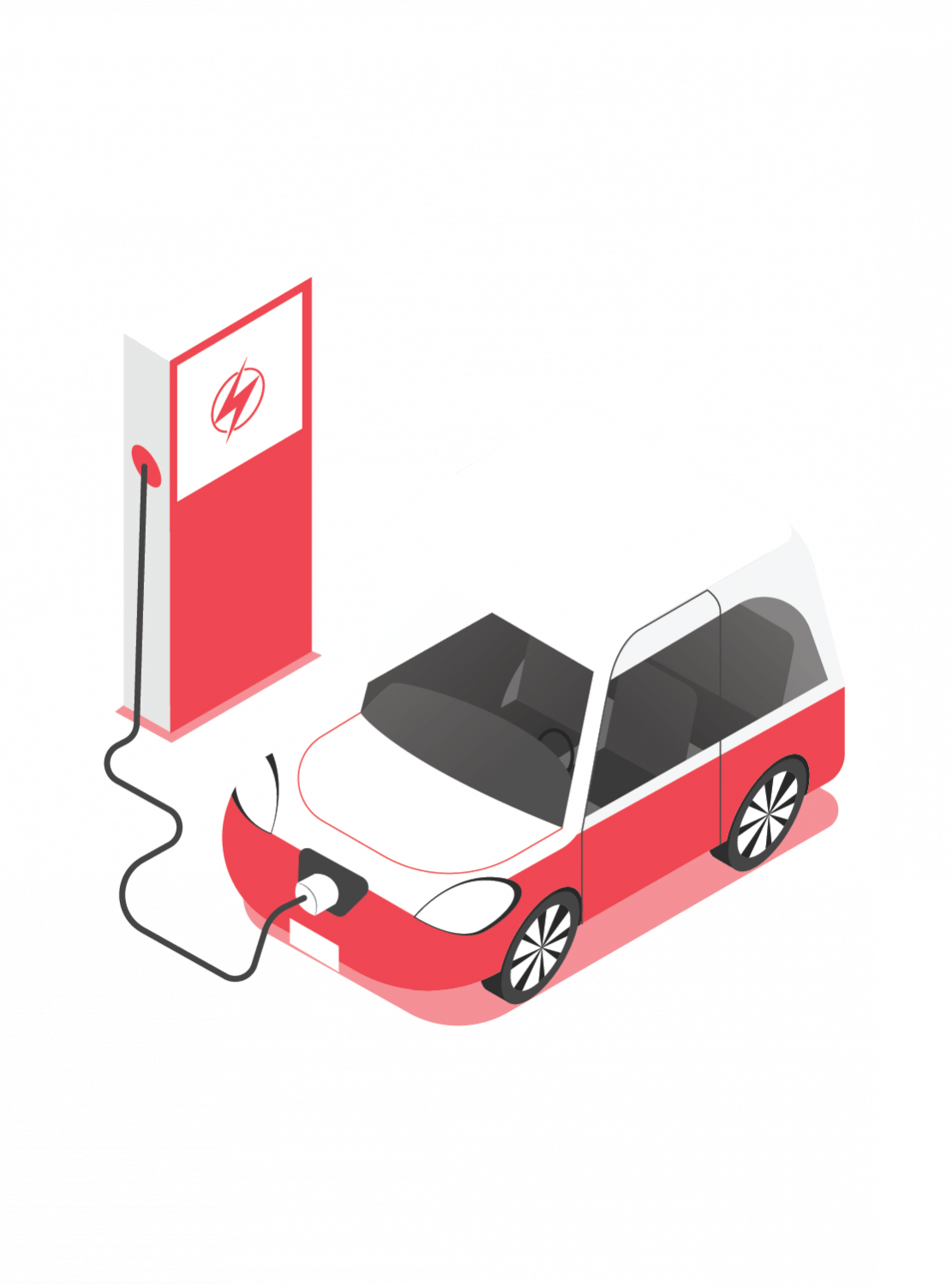How will Electric Vehicles Impact the Intra-city Logistics Industry?
In the near future, India’s recent investments will also experience an outstanding change. The cost of imported oil increased pollution, and international obligations to halt environmental changes have all been significant throughout this time. The Market Share of electric vehicles is steadily growing in last- and middle-mile delivery, intra-city transportation, and other areas. Electric LCVs, electric bikes, electric cars, and electric three-wheelers will all become more prevalent on our roads.
The impact of electric vehicles on the intra-city landscape is not just limited to reducing emissions and lowering costs. It also has an effect on the economy and job market. The electric vehicle industry is already creating jobs in many areas of the country and will continue to do so as more people adopt this technology.
The environmental impact of electric cars is not entirely clear yet, as there are many variables to consider, such as the source of electricity and the distance traveled by the vehicle. There is also an economic impact on intra-city transport systems.
Why is EVs Ideal for the Logistics Sector?
The TCO (total cost of ownership) of EVs is significantly declining as a result of the government enacting new regulations and using cutting-edge technologies in the industry. The new battery swapping method views the batteries as a separate entity, allowing energy operators to own them. This approach adds to the upfront cost of EV use, especially for the intra-city logistics sector.
-
Environmentally Responsible
The largest source of hazardous gas pollution in the environment is ICE road transportation. In order to effectively address the environmental issues brought on by ICE vehicles, electric mobility in the logistics industry will play a significant role.
-
Greater Fuel Cost Savings
EVs save operating costs and greenhouse gas emissions. With gasoline prices rising steadily, EVs have shown to be a great substitute for ICE cars in terms of energy and cost savings.
-
Low Maintenance
EVs, demand less upkeep and service assistance. The costs associated with oil changes, spark plug replacement, fuel tanks, pumps, and other maintenance items reduce the amount of maintenance necessary. Electric vehicles are more easily implemented in the logistics sector thanks to the ease with which new technologies can be added to EVs.
-
Easier Electric Vehicle Tracking and Analysis
For fleet operations, it is simple to keep track of important information regarding EVs and their batteries. The software and sensors in the electric vehicle logistics system can track information about the lifecycle, battery health, charging, and discharging.
-
ICE Vehicles and Cost-Benefit Analysis (CBA)
A longer daily run also translates into savings when using public transportation. This use case will put all types of vehicles—from two-wheelers to buses—into an immediate state of electrification.
The Supply Chain Future of Electric Vehicles
-
At the Head of the Pack
The switch from ICEs to EVs is a significant advancement that will continue. EVs’ influence on supply chain delivery will become more environmentally friendly over time as many regions of the world work toward becoming carbon neutral in the future. Gasoline and diesel-powered vehicles will soon become obsolete in electric transportation, making it even more important to keep up with environmental trends.
-
Mandates in the Future
As the demand for EVs has increased, many nations have thought about joining the electric car supply chain. Countries with significant international markets, like China and England, are embracing EVs as a more energy-efficient mode of transportation and on-road delivery. As production facilities mushroom globally, the market share of electric vehicles in the automotive industry keeps growing.
-
More Possibilities for Circular Supply
EVs rely on cutting-edge semiconductors, sensors, and other electronic components to operate an electric motor, which runs on a battery rather than an engine. Manufacturers must acquire and purify raw minerals like lithium, nickel, cobalt, copper, aluminum, manganese, and graphite in order to make batteries for EVs. As of 2021, new composite materials have also started to be used 2021, making it possible to produce lighter cars, which increases the usable range of EV batteries.
Conclusion
The change to EV innovation in intra-city coordinated factors is now in progress for little business vehicles. The following couple of years will see fast improvement in EV choices for bigger weighty products vehicles, close by sending of supporting foundation. Decarbonizing intra-city transportation will make cities cleaner and more livable.
Notwithstanding, really focusing on natural issues with the arising vital and functional difficulties in Intra-city strategies, it is apparent that the utilization of economical energy sources in street operations and transportation is more essential than at any other time. With the charging framework under fast development, battery and vehicle costs arriving at parity with ICE partners, combined with the spryness and quickness of an electric vehicle required for intra-city tasks, EVs show a promising pattern yet to be investigated in their maximum capacity.




